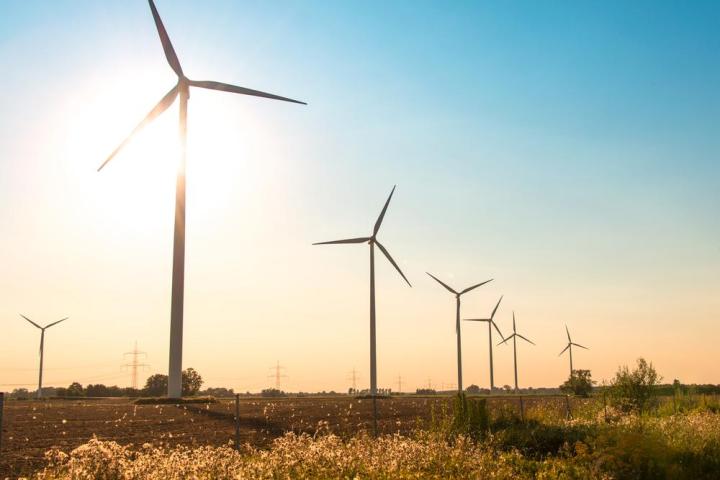
As part of an ongoing effort to reduce the company’s energy footprint by 2020, Swedish home goods retailer Ikea recently announced that it is making its first wind energy investment in the US with the purchase of Hoopeston Wind in Illinois.
The 98-megawatt wind farm is Ikea’s largest renewable energy investment to date, and when construction on the site is completed in mid-2015, the farm will produce enough energy to power all of the company’s U.S. retail locations. In fact, when all of the farm’s 49 turbines are up and running, they’ll produce 65 percent more power than what’s needed to power all the company’s stores and distribution centers.
However, the power produced at Hoopeston likely won’t go directly to powering your local Ikea. Most Ikea stores already sport large solar panel arrays that produce some of their own juice, and the Illinois wind farm is remote enough that it doesn’t make sense to channel the electricity to stores in other parts of the country. Instead, the company plans to sell most of the energy it produces and use that to offset its electricity costs. The idea is to hedge itself against volatile and steadily increasing fossil fuel prices.
Hoopeston Wind isn’t the first renewable energy investment by the Ikea Group. The company has invested in wind farms in eight other countries, including Canada (where Ikea is now the largest retail wind energy investor), Denmark, France, Germany, Ireland, Poland, Sweden, and the United Kingdom.
This push toward clean energy is part of a larger trend amongst large businesses that consume a lot of power — not necessarily because it’s green and good for the environment, but because it’s a cost-effective long-term business strategy. Lately, big tech companies have been scooping up renewable power facilities by the handful. Microsoft, for example, announced late last year that it plans to purchase a 55-turbine wind farm in Texas to power one of its data centers. Around the same time, Facebook announced that its new Iowa data center would run entirely on wind power; and today, news surfaced that Apple has purchased a hydroelectric power facility to run its data center in Prineville, Oregon.
It seems like this “going green” thing might finally be catching on.




